28th June 2021
Ironmongery glossary: 30 terms you need to know
All of the terminology and jargon in the world of ironmongery can get confusing at times, this is why we have created a glossary of the lesser known terms so that you’re always in the know at every job. Whether you’re learning for the first time or brushing up on terms for a specific job, you’ll be sure to wow your customers with your extensive knowledge.
IronmongeryDirect
28th June 2021
5 mins
What is Anti-Thrust?
Anti-Thrust refers to a type of bolt that cannot be pushed back. This process can only be reversed with the use of a key or an operating knob. Anti-Thrust components are most commonly implemented in night latches and digital locks.
What is a Back Plate?
A Back Plate is simply the fixing plate of many ironmongery products, including latches and door handles.
What is Backset?
Backset is the measurement between the front of a lock or latch and the centre of the locks spindle. This is especially useful to know if a job requires fitting new locks and latches on to old doors.
What is a Balustrade?
A Balustrade is a system formed by a series of Balusters supporting a handrail, most commonly seen on staircases and terraces.
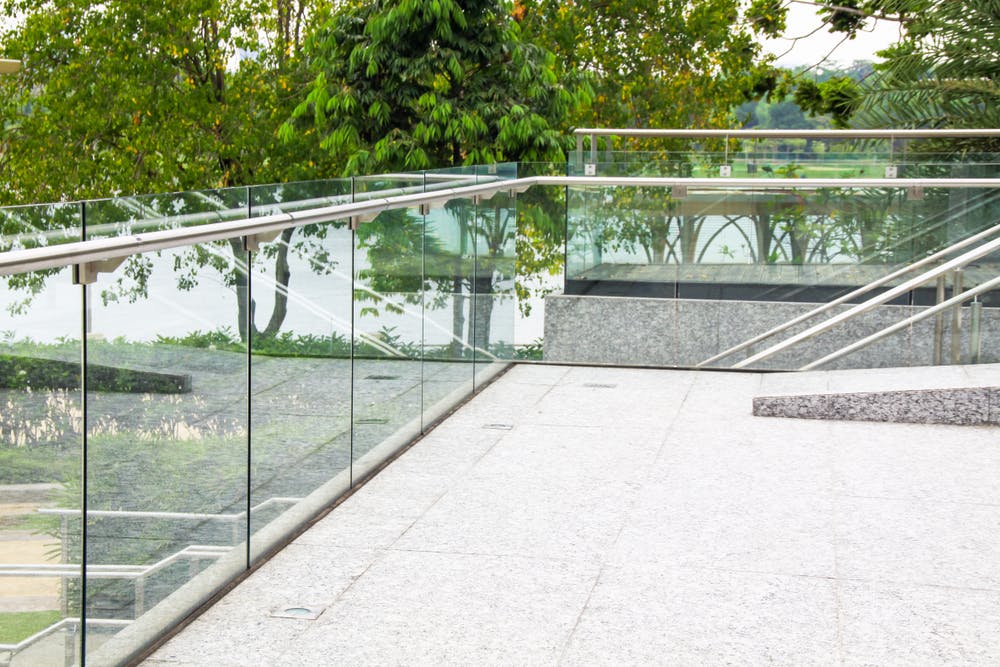
What is a Barrel Bolt?
A Barrel Bolt is a common manual fixture involving a door bolt sliding into a cylindrical socket to secure doors. Also referred to as a Sliding Bolt Lock or Shoot Bolt.
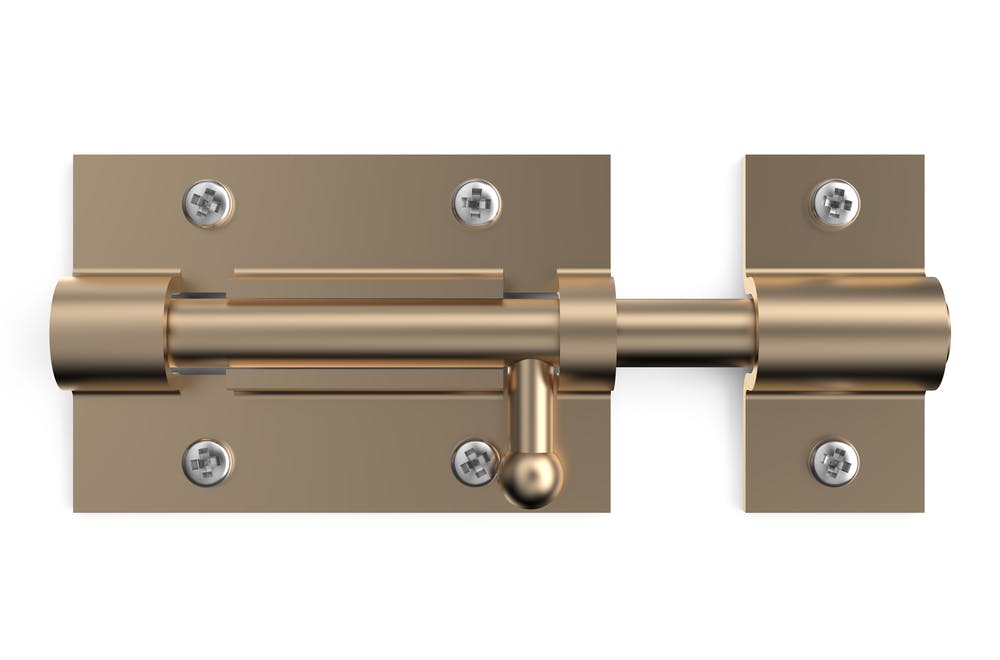
What is a Cabin Hook?
A Cabin Hook is a hook and eye catch system designed to keep doors and cabinets open.
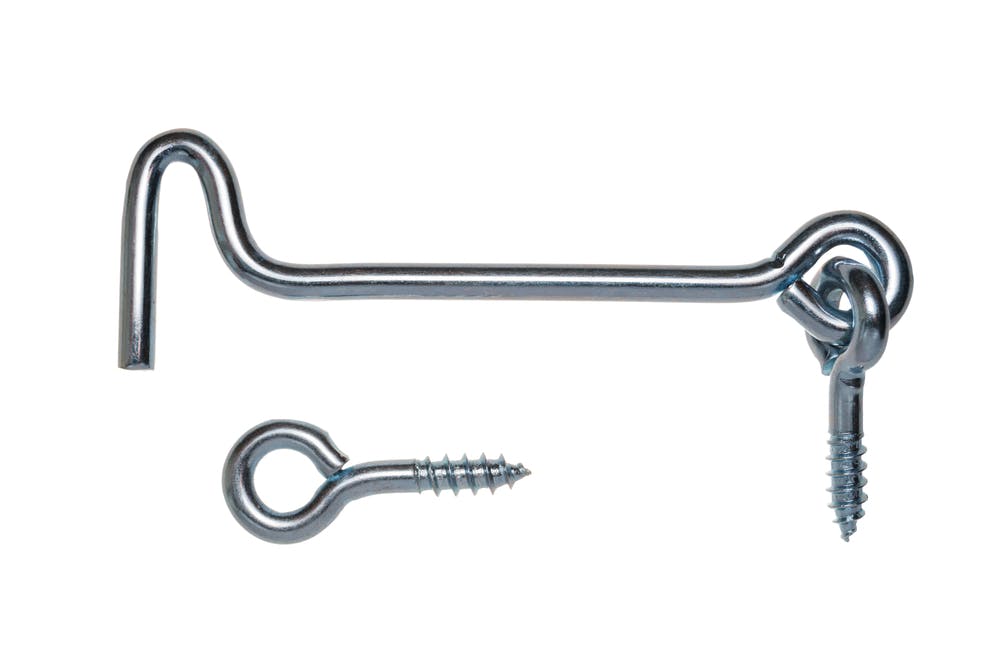
What is a Dead Lock?
The Dead Lock system refers to a lock that will not open unless a key is turned inside a lock.
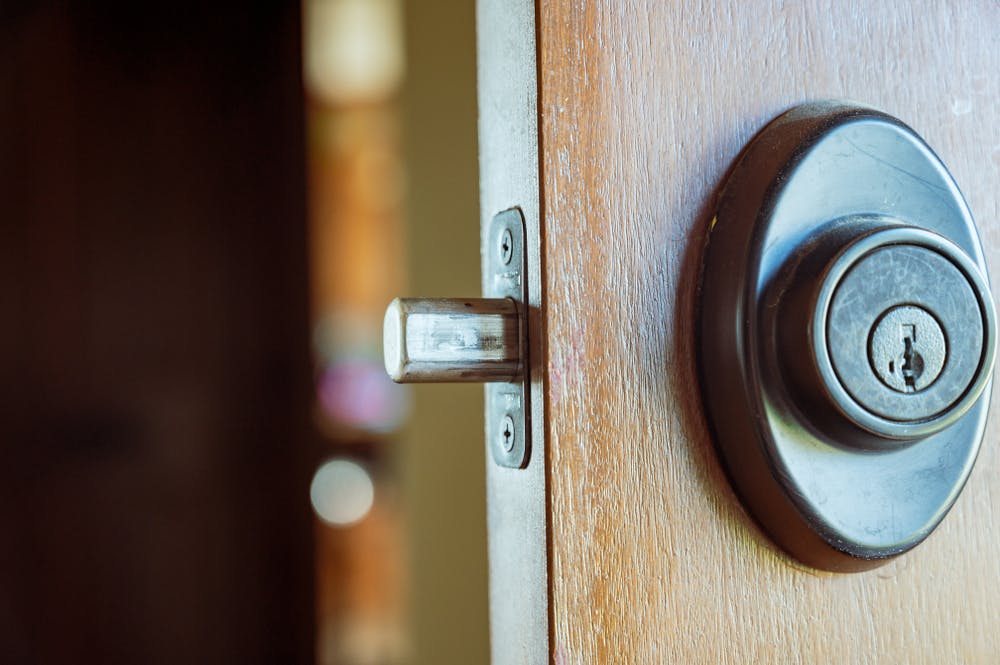
What is an Escutcheon?
An Escutcheon is simply a keyhole cover.
What is Euro Profile?
Euro Profile gets its name through being the most common cylinder lock design used in Europe. The Euro Profile uses a single piece of metal to connect both sides of the lock.
What is a Finger Plate?
Finger Plates or Push Plates are placed on to doors to help maintain the integrity and cleanliness of doors in the most common area that doors are pushed open.
What is Flush?
In the context of door handles, flush refers to the recessed design of the handle, making them ideal for pulling, sliding or lifting actions on doors or windows. This type of handle is especially ideal for sliding doors.
What is a Hasp?
Hasp refers to the strap component of a hasp and staple, this is the part of the lock responsible for securing the lock.
What is Holdback?
Holdback is a feature that is integrated in to typically a code-operated lock, this gives the user the option to just operate the lock via the handle without needing to continuously enter the security code.
What is a Hook and Band?
Hook and Band is a type of hinge consisting of a hinge pin (hook) and a strap with an eye (band) which fits over the hinge pin to form a complete hinge.
What is Intumescent?
Intumescent is a coating/sealant commonly used in fireproofing, it works by swelling up when exposed to heat, therefore sealing any gaps that could cause further spread of fire.
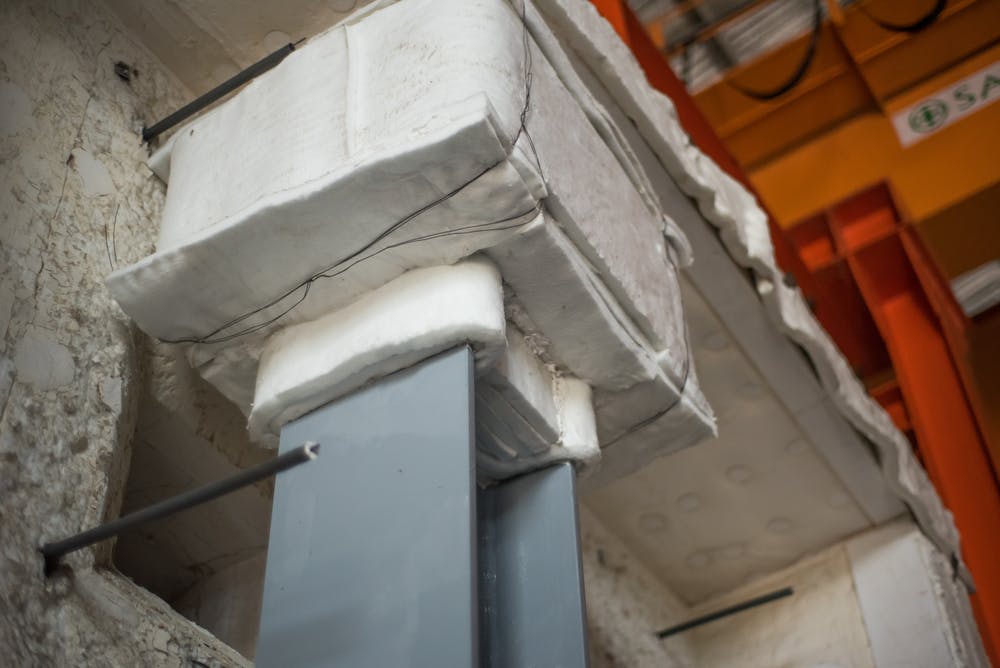
What is a Jamb?
The side-post or lining of a door frame, the Jamb is responsible for holding the weight of the door in the frame. A Jamb is sometimes present in window frames.
What is a Kick Plate?
Similar to Finger Plates, Kick Plates are installed at the bottom of a door to protect it from scuffs and other aesthetic or structural damage.
What is Louvre?
Louvre refers to the design of a vent that obstructs view through the vent while also obstructing objects from flowing in and out of the vent.
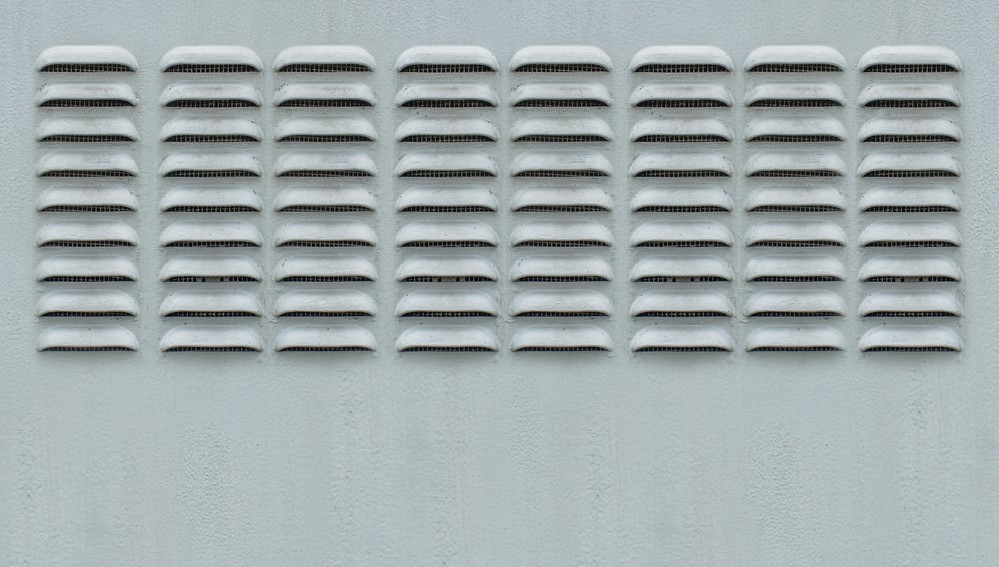
What is Mortice?
Mortice locks get their name from the pocket (or mortice) that is fitted in to the door that the bolts slide in to.
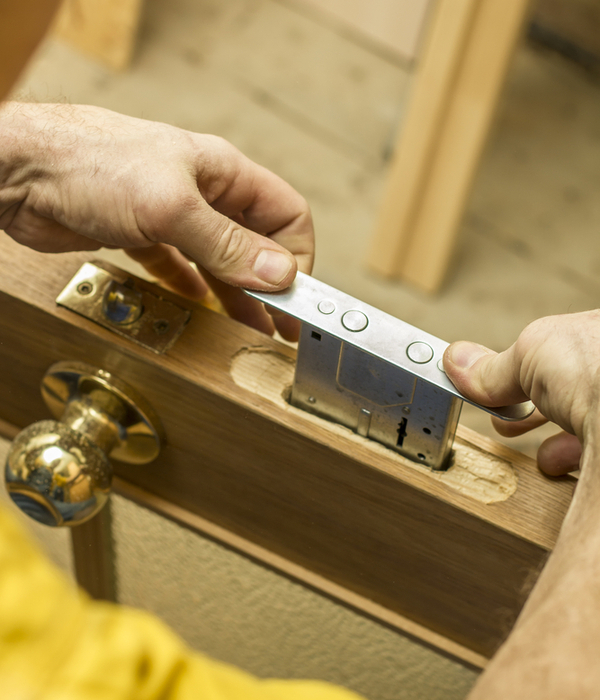
What is a Night Latch?
A Night Latch is a lock that operates on the exterior side of the door by a key and on the interior side by a knob.
What is Non-Sequential Opening?
Non-Sequential Opening is a term used typically when referring to Code Operated Locks, this means that if the numbers involved in the initial chosen sequence are entered in any other sequence the lock will still open. E.g if your code is 1234, you could enter 4321 or 2413.

What is One Way Action?
This refers to a latch in which the spindle follower only turns in one direction.
What is a Parliament Hinge?
A Parliament Hinge differs from a standard Hinge due to the fact that it has a cut away knuckle. This type of hinge is ideal for providing clearance for skirtings and architraves so that it can lie parallel with a wall.
What is PVD?
PVD or Physical Vapour Deposition is the process of coating mainly door furniture in a microscopic layer of durable material to protect against discolouration, even in the harshest of environments.
What is a Quadrant Stay?
Quadrant Stays are a feature implemented in to bottom hinge windows to maintain rigidity.
What is a Rim Lock?
A Rim Lock is a lock that is fitted on the face of a door instead of being morticed into the door. Varieties include Rim Deadlock and Rim Sashlock.

What is Rose?
Referring to a door handle that do not have a full backplate and can be fitted onto any shape, these door handles also do not have backplates that cover any keyway holes.
What is a Selector?
A selector is a component in rebated double fire doors, the door selector holds the first opening leaf open until the second leaf has closed.
What is a Spindle?
A Spindle refers to the piece of metal that is used to connect two doors knobs or handles together.
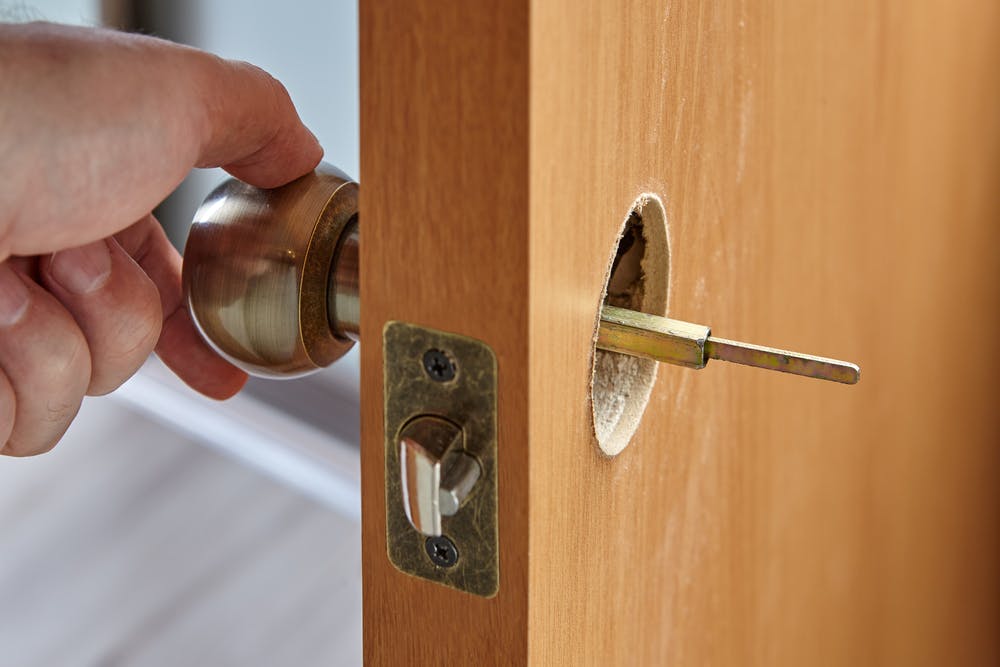
What is a Transom?
Transom refers to the head of a door. In terms of Transom Door Closers, this refers to the a closer that sits inside the transom instead of above the frame, so as not to exposed the arm of the closer.
Now you should have all of the terminology you need to tackle any job or provide any information your customer may need about their new installation or upgrade.
